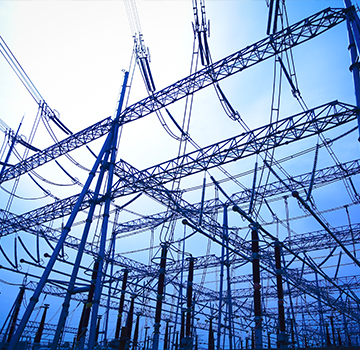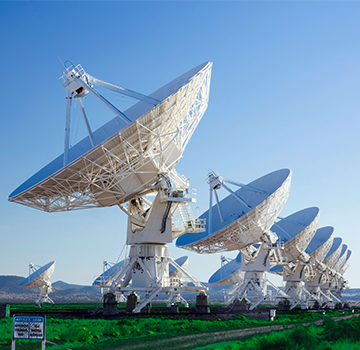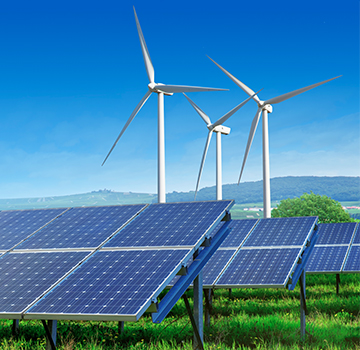AN EVOLUTION IN ENERGY USE
Tesla Energy and its CEO – Elon Musk – have officially established themselves in the energy storage marketplace with the launch of the Powerwall, an in home energy storage solution. Tesla is a name intrinsically linked with electricity, the company achieved this notoriety when they released the sleek and futuristic electric car, the Tesla Roadster to the public.Production of high-quality electric cars has earned them a reputation for innovation in both electricity and engineering. But they’re now upping their game to become the first company to bring solar power to the ‘kitchen table’ with residential Powerwall units being made available in homes across America.
POWERWALL SPECIFICATIONS
The Powerwall is the residential version of Tesla’s new line of lithium ion rechargeable batteries, the Powerblock is the industrial version. The heat generation inside the unit is mitigated through liquid thermal cooling. Each Powerwall is roughly 4 feet long, 2 feet wide, 6 inches deep and weighs just over 200 pounds, meaning people are likely be able to mount it as easily as they do a television set.
The units are sold based on their maximum energy capacity with two available models: 7 kWh marketed for daily cycles and 10 kWh marketed for backup power. The ten year warranty given with the Powerwall represents the amount of time before the battery inside will degrade below industry standards. It will still work past this point, but the amount of charge it can hold will effectively be reduced.
However, the Powerwall has no energy generation capabilities, so it requires a renewable energy input like solar power to operate. It is simply a way to bring renewable power into the average home. An inverter, a device that allows the battery to both receive and direct energy, is also required.
Skeptics can be assured that Tesla has been steadily creating proof of concept installations of its Powerwall system since the turn of the decade. Thousands of early run models have been used in homes and businesses, including Walmart, Amazon, and Target. Amazon notably commissioned Tesla to create a massive 2.4 MWh PowerBlock array for one of its larger data centers.
COSTS
The primary limitation for the PowerWall will be the cost. As a recently released product it’s expensive to install, then there’s the inevitability of advancements in solar technology to consider. Many of those who could potentially be early adopters may choose to wait as the market starts to explode with constantly changing technology.
The 10 kWh version will cost approximately $3,500, while the 7 kWh one will come in at $3,000. That, of course, is just the price of the units themselves, and no system is complete without the accessories. An appropriate renewable energy source is required, as well as an inverter for the connection between the Powerwall and the energy grid. Your final calculations should include costs for these and for consulting a professional installer who will carry out a thorough examination of your renewable energy production process. This inspection is vital to ensure your system is functioning to capacity, after all you will have spent approximately $7,000 from start to finish.
At these prices, the complete costs over the ten-year “life” of the device are over the national averages of on grid power. However, don’t despair as more affordable alternatives are available.
You need to check the energy prices in your area before you decide whether or not the Powerwall will be worth the cost. Be sure to consider the lowest grid price when you investigate, as the Powerwall can selectively distribute the harvested solar energy at peak demand times. This is one huge benefit as peak time is generally when the power companies hike their rates to get the most profit. And, it’s a feature that will be exceptionally appealing to current solar users, many of whom are getting gouged, as they need to supplement with grid electricity at the times when prices are the highest.
In places where tax incentives and current electric rates are higher, the device may have a more rapid return on investment that motivates people to sign up. The United States federal government offers a 30% tax incentive on renewable energy installations, including solar panels and the Tesla Powerwall. Some states offer their own tax reductions, most notably California with a whopping 60% credit. Solar installers in your area, the most likely people to be selling the Powerwall for now, will be familiar with the local regulations and tax benefits.
SolarCity, Musk’s solar energy company, is focused on providing residential installations of the Powerwall throughout the United States, though most of the early adopters are centered around California.
ENVIRONMENTAL BENEFITS
Practical adaption of solar run devices will always depend on the conscientiousness of homeowners and business executives who want to minimize their carbon footprint and look towards having a future for the planet. There are extensive environmental benefits to the reduction of fossil fuel use by living independently from traditional energy grids, and the ability to store solar and other renewable energy in a battery is a giant step forward.
If the Tesla Powerwall, or similar devices achieve market saturation, the way humans live and the state of the environment could change dramatically. Solar panels could produce the power necessary for homes across the world, day and night. The demand on energy plants and excess C02 emissions can be steadily reduced until the energy grid is sustained by solar batteries pumping electrons onto it from the area.
At present, unless you install several units in your home, the Tesla Powerwall will primarily serve as an emergency supply in case of blackouts. It will potentially last for several days depending on the amount of power you use. It won’t power you through an apocalypse, but it can handle a blown transformer, downed power line, or a momentary brownout.
ENERGY TRADING POTENTIAL
Currently, excess solar energy can be sold back to the power companies, but this function isn’t yet achieving its potential for environmental good as their peak demands are not largely offset by the current size of the available input. Measurement of transmitted power is also an issue.
It could work out well for on grid power companies and the state of the planet. Since they can store power, any excess power generated through renewables or other methods can be held until later, minimizing the amount of fossil fuels and expense needed to fulfill their demands.
Unlike most companies, Tesla did not keep the exclusive patent for their device. Their somewhat famous stance of embracing open patent standards in the name of a reduction in pollution started in 2014 when Musk announced that all Tesla patents had been removed. While this lack of a market safety net means the competition is already right on Tesla’s heels, it also means the world’s future energy supply is likely to be more secure
Energy storage needs the support of forward-thinking individuals who understand that supporting this new step forward in the way humans produce and consume electricity is pivotal. Solar power is the way to set your home on a path towards economic and environmental harmony. Tesla knows it and SEC has known it since the 1970’s. We look forward to a future where one energy source, the sun, can fuel the world’s energy usage.











